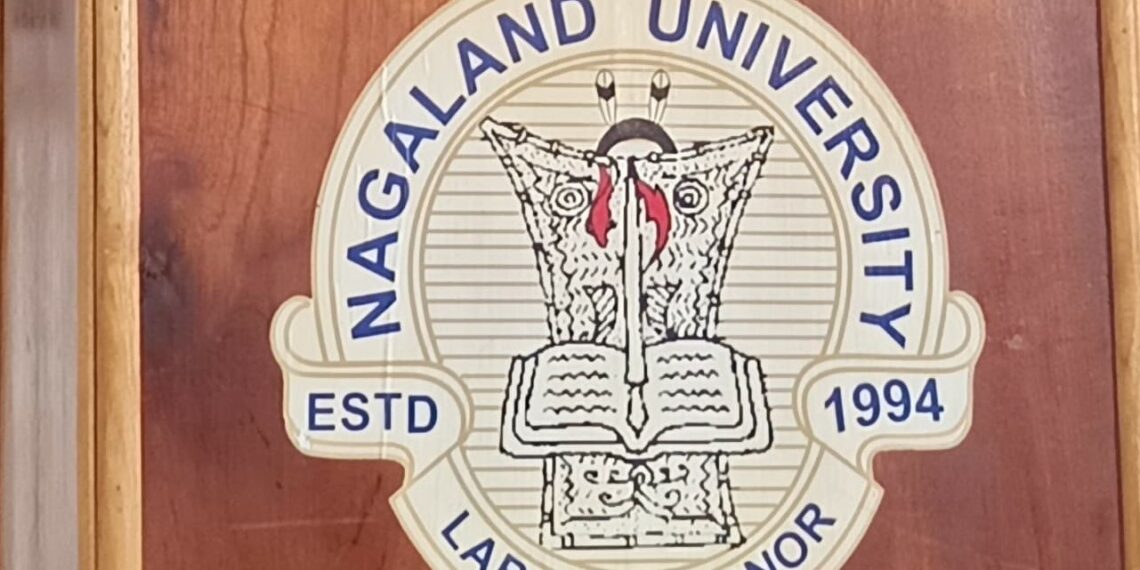New Delhi: In a breakthrough for sustainable energy research, Nagaland University has patented a biodegradable, gelatin-based hydrogel electrolyte designed to make supercapacitors safer, flexible, and environmentally friendly.
Officials said the innovative material—developed by a research team led by Assistant Professor Nurul Alam Choudhury and scholar Duangailung Kamei—marks a significant step toward eco-friendly, high-performance energy storage.
The study has been published in Materials Today Chemistry, a leading international peer-reviewed journal, and has earned an Indian patent for the university.
Supercapacitors, known for their rapid charging and high-power output, are essential components in electric vehicles, medical devices, and renewable energy systems.
However, conventional liquid electrolytes used in these systems often pose safety and environmental concerns due to leakage and corrosion risks.
To counter these challenges, the Nagaland University team developed a KI-doped glyoxal-crosslinked gelatin hydrogel membrane electrolyte—a semi-transparent, flexible material that combines gelatin, glyoxal, and potassium iodide.
The result is a leak-proof, redox-active solid electrolyte capable of maintaining stability through thousands of charge–discharge cycles.
“This innovation holds strong promise for greener energy storage technologies,” said Kamei, who added that the material could be particularly useful in electric vehicles, medical wearables, and portable electronics.
ALSO READ: Zubeen Garg death probe: Assam CM advances SIT chargesheet deadline
According to Choudhury, the new electrolyte not only meets performance standards but also aligns with India’s sustainability goals.
“It is biodegradable, leak-proof, and exhibits exceptional electrochemical stability. Prototype supercapacitors built using this membrane have successfully powered LED lamps for extended periods,” he said.
The project received funding support from the University Grants Commission (UGC), the Science and Engineering Research Board (SERB), and the Ministry of Tribal Affairs.
Researchers are now focusing on optimising the dopant composition and scaling up fabrication for integration with commercial-grade electrodes to test real-world applications.















